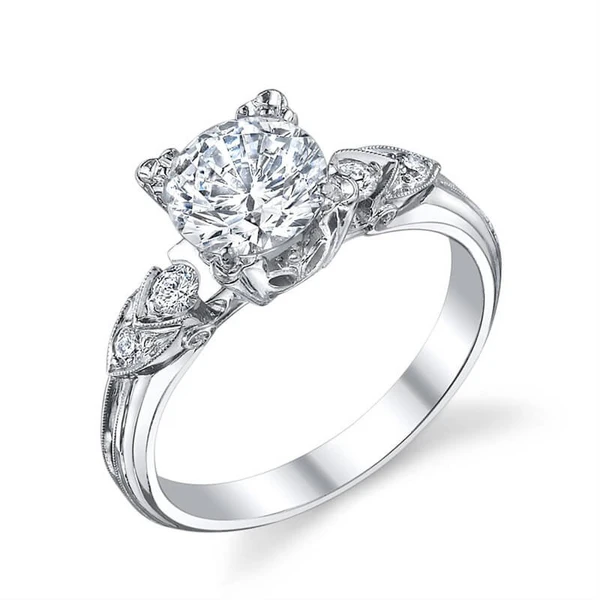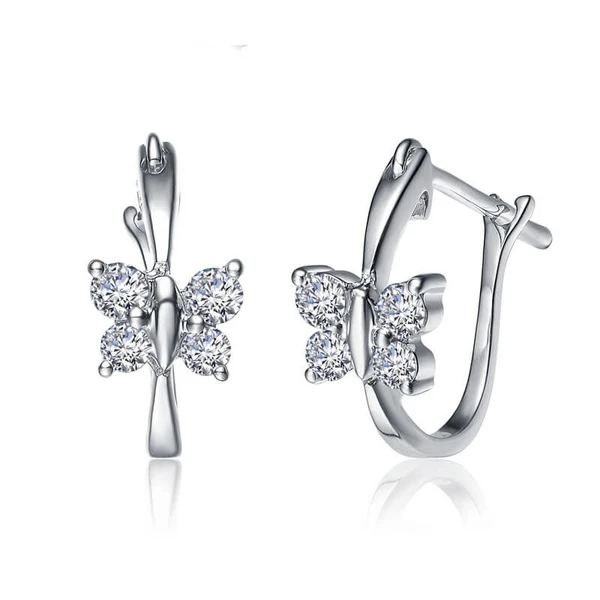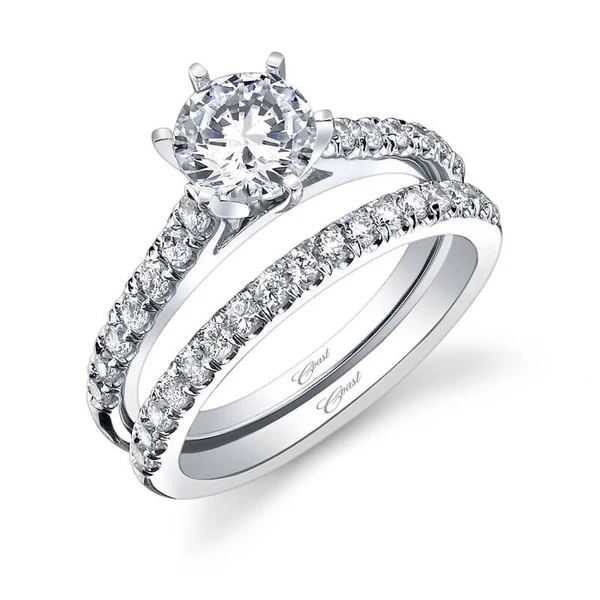Ring Settings

PRONG:
The prong setting is the most common way to set a stone. It has tips that bend around the diamond to closely hold it in place. The most common prong mountings contain 4 prongs, but the popular martini mountings for stud earrings contain only 3 prongs.
It should take no one by surprise that the more prongs there are holding in a stone, the more secure that stone will be. Using too many prongs however, could potentially obstruct the view of the gem or the overall design of the piece.

CHANNEL:
When a stone is channel set, the edge of the stone is placed in a slit on the band which holds the stone in place. A channel setting is much more commonly used for bands and accent stones, rather than holding in a center stone. The stones in a channel setting are very secure, but their brilliance is slightly less than maximized because they are set partially beneath the metal.

TENSION:
A tension setting will allow your stone to be showcased fully, because it will not cover up the sides or bottom of the stone at all. Two pieces of metal would press against the stone at the girdle to hold it in place.
This type of setting is good for showing off your stone, but it is more dangerous because if one of the two pieces of metal holding in the stone gets bent, then your stone could potentially fall out and become lost. Sizing is also complicated on rings with this type of setting because the head needs to be reworked during this process to maintain the tight grip on the stone.
